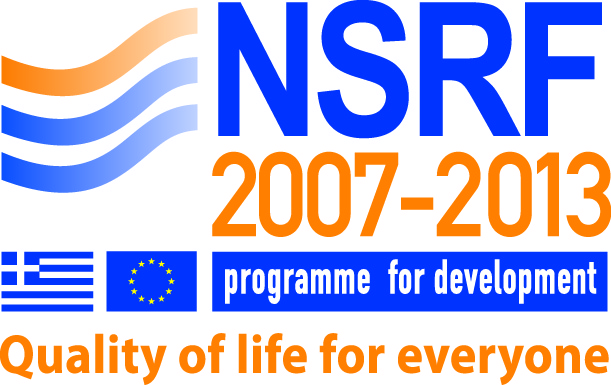Please use this identifier to cite or link to this item:
https://olympias.lib.uoi.gr/jspui/handle/123456789/19044Full metadata record
| DC Field | Value | Language |
|---|---|---|
| dc.contributor.author | Kanavaros, P. | en |
| dc.contributor.author | Mikol, J. | en |
| dc.contributor.author | Nemeth, J. | en |
| dc.contributor.author | Galian, A. | en |
| dc.contributor.author | Vaunaize, J. | en |
| dc.contributor.author | Morinet, F. | en |
| dc.contributor.author | Thurel, C. | en |
| dc.date.accessioned | 2015-11-24T18:56:28Z | - |
| dc.date.available | 2015-11-24T18:56:28Z | - |
| dc.identifier.issn | 0344-0338 | - |
| dc.identifier.uri | https://olympias.lib.uoi.gr/jspui/handle/123456789/19044 | - |
| dc.rights | Default Licence | - |
| dc.subject | Antigens, CD/*analysis | en |
| dc.subject | Antigens, Neoplasm/*analysis | en |
| dc.subject | Brain Neoplasms/immunology/*ultrastructure | en |
| dc.subject | Female | en |
| dc.subject | Humans | en |
| dc.subject | Lymphoma, T-Cell/immunology/*ultrastructure | en |
| dc.title | Primary T-cell malignant lymphoma of the central nervous system. Histological, immunohistochemical and ultrastructural study of a case | en |
| heal.type | journalArticle | - |
| heal.type.en | Journal article | en |
| heal.type.el | Άρθρο Περιοδικού | el |
| heal.identifier.secondary | http://www.ncbi.nlm.nih.gov/pubmed/8516221 | - |
| heal.language | en | - |
| heal.access | campus | - |
| heal.recordProvider | Πανεπιστήμιο Ιωαννίνων. Σχολή Επιστημών Υγείας. Τμήμα Ιατρικής | el |
| heal.publicationDate | 1993 | - |
| heal.abstract | Most primary malignant lymphomas (ML) of the central nervous system (CNS) are derived from B-cells, whereas T-malignant lymphomas (T-ML) primarily arising in the CNS are extremely rare. We report on a patient with a primary T-ML of the CNS localised in the posterior fossa. On the basis of histological, ultrastructural and immunohistochemical studies, this tumour was classified as a pleomorphic T-ML, medium and large cell type with peripheral helper/inducer T-cell phenotype (CD 1-, CD 2+, CD 3+, CD 5+, CD 7-, CD 4+, CD 8-, CD 19-, CD 22-, UCHL 1+/CD 45 RO, L 26-/CD 20, LN 1-/CDW75, LN 2-/CD 74, MB 2-). Furthermore, the positivity of the markers CD 25 and HLA-DR on many medium-sized and large lymphoma cells suggests activation of these cells. The nuclear marker of proliferative activity Ki-67 was expressed in some large cells, whereas the natural killer cell-related markers CD 16 and Leu 7/CD 57 did not react with lymphoma cells. This study emphasises the value of extensive immunohistochemical investigations on frozen and paraffin sections in order to identify and characterize the T-cell malignancies, particularly in their rare CNS location. | en |
| heal.journalName | Pathol Res Pract | en |
| heal.journalType | peer-reviewed | - |
| heal.fullTextAvailability | TRUE | - |
| Appears in Collections: | Άρθρα σε επιστημονικά περιοδικά ( Ανοικτά) - ΙΑΤ | |
Files in This Item:
There are no files associated with this item.
This item is licensed under a Creative Commons License





